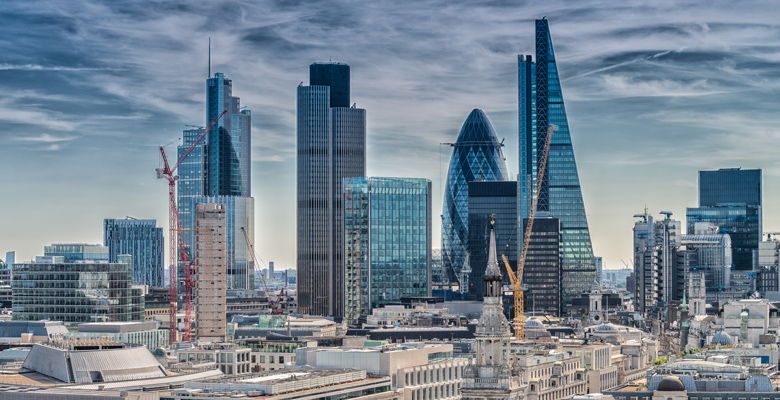With over 510 tall towers (more than 20 storeys high) planned to be built in the next ten years or currently under construction, London’s infamous glittering skyline is set to become a changing landscape. In 2015, the addition of another skyscraper, the Trellis, was announced, standing at the same height as the shard, although work is yet to begin. The glamorously-named Diamond is the latest addition to London’s commercial building plans, and will become the City of London’s third tallest skyscraper.
The skyscraper will be situated next to 122 Leadenhall Street, more commonly known as ‘The Cheesegrater’, after three smaller buildings have been demolished. The sparkling new all-glass tower will stand at 263.4 metres with 56 storeys, allowing 102,000 square metres of office space, bars, shops, restaurants, and a free public viewing gallery. The Diamond has promised office space to house more than 6,000 workers, as well as the numerous jobs that will generated by the new facilities.
The financial district’s third-tallest building will be wedge-shaped with a façade of elongated diamond shapes. It has impressive architectural credentials as well, designed by Skidmore, Owings & Merrill, the architects behind the world’s tallest building the Burj Khalifa in Dubai and One World Trade Center in New York. It is set to be funded by the Hong Kong company Lai Sun Development, working with the developer London & Oriental. The project is expected to take four years to complete.
Nearby St Paul’s Cathedral raised objections to London’s latest tower plan, however the City’s planning and transportation committee voted 22-2 in favour of the new building. The application has been referred to Sadiq Khan for his final decision. Currently, building can’t begin until at least 2023 when the tenants’ leases expire on the current buildings, however the developers are hoping to negotiate in order to start construction sooner.
While the Diamond is the latest in the capital’s commercial construction pipeline, London has seen a soaring trend in the demand for more high-rise buildings. The total of 510 towers either in the planning or construction stages is up from 455 in 2016. Construction has already started on 115 towers, with more work started in the past two years than in the previous five years combined.
All this has happened at a time where Brexit uncertainty and a declining demand for expensive central London property has impacted the London property market, yet the new wave of towers could provide 106,000 new homes by 2030. Whilst towers are predominantly associated with the centre, the most recent plans intend to expand high rise buildings into the suburbs, including places like Waltham Forrest and Bromley for the first time. This will leave only six London boroughs skyscraper-less: Richmond, Merton, Bexley, Enfield, Havering and Hillingdon.
Contact Us
Contact London Building Surveyors on 020 8257 5766 or go to the contact form here if you have any further questions and would like to discuss a professional building survey.
